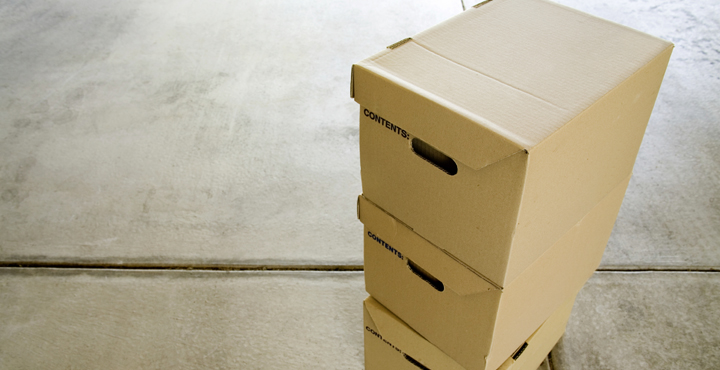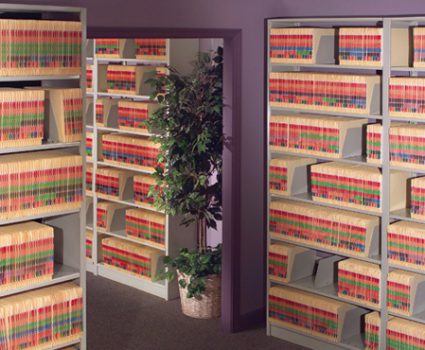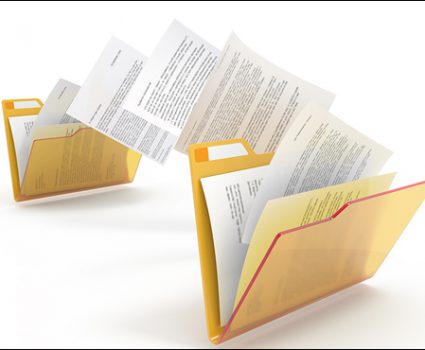
How to manage records during a corporate move – part 2
In last week’s blog post we started to tackle the massive challenge of managing records during a corporate move. As we learned, there are some essential steps to take before the move begins. These include auditing the individual collections being moved, updating your records governance policies and reducing the volume of records being moved.
|
With those measures in place, it’s time to consider how you’ll manage records during and after the move. Unfortunately, records management can’t step back at this point and leave the process entirely in the hands of the moving company. It is essential that we take a guiding role by bringing clear procedures and tools to the process.
- Indexing and retrieval systems
For records that will need to be accessed in the active phase of the move, it is essential that you are able to locate, retrieve and replace records in a systematic way. As a foundation for this, it is important to pack and label boxes in a way that replicates the filing system already in place. This way, when staff are required to retrieve a record, they are on familiar ground when searching among packed boxes. Ideally, the indexing and retrieval system should include:- Labels to identify the original location, general contents and destination of each container
- A detailed record of the specific contents of each container
- Regular audits of containers to ensure the integrity of the collection throughout the process.
- Security and Access Controls
During the audit phase of the process you will have identified collections that require special handling for security. You will also by this point be aware of general legislative and regulatory requirements around privacy and security. To meet these requirements and stay compliant, here are some best practice security measures:- Tamper-resistant seals for storage bins and shipping containers
- Container labels that minimize the amount of information they provide about the contents
- Onsite supervision of the packing and unpacking process
- Monitoring of storage facilities while containers await shipment
- Review of manifests before and after the move to ensure that all containers arrived as expected.
- Post-move follow-up
By following the steps recommended in these last two posts, you will have had a chance to update your records management program as part of the overall move process. These updates might include newer and more efficient methods of storage, as well as enhanced and updated records governance policies. Many records managers will then take the opportunity to ensure that the program stays fresh and continues to evolve to meet changing business needs and legislative requirements. This could include regular audits and purges of expired records, ongoing updates to retention schedules, and staff communications about evolving policies and procedures. In other words, a corporate move provides the perfect opportunity to take your records management program to the next level and maintain it over time.
At a high level, the best practices we have shared for corporate moves may seem fairly straightforward. However, as with many things, the details make all the difference between success and failure. Many organizations will therefore enlist the help of an experienced partner in order to save time, shorten the learning curve, and further reduce risk.
Next Steps
- Download our free white paper to learn more about corporate move best practices.
- Read our corporate move case study to see these best practices in action.
- Talk to TAB’s experts to get help with your corporate move.





